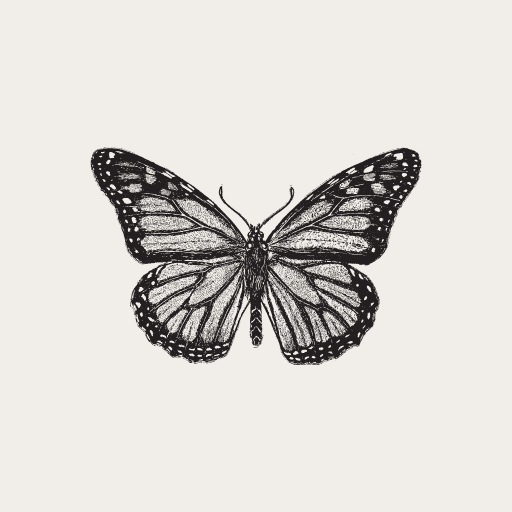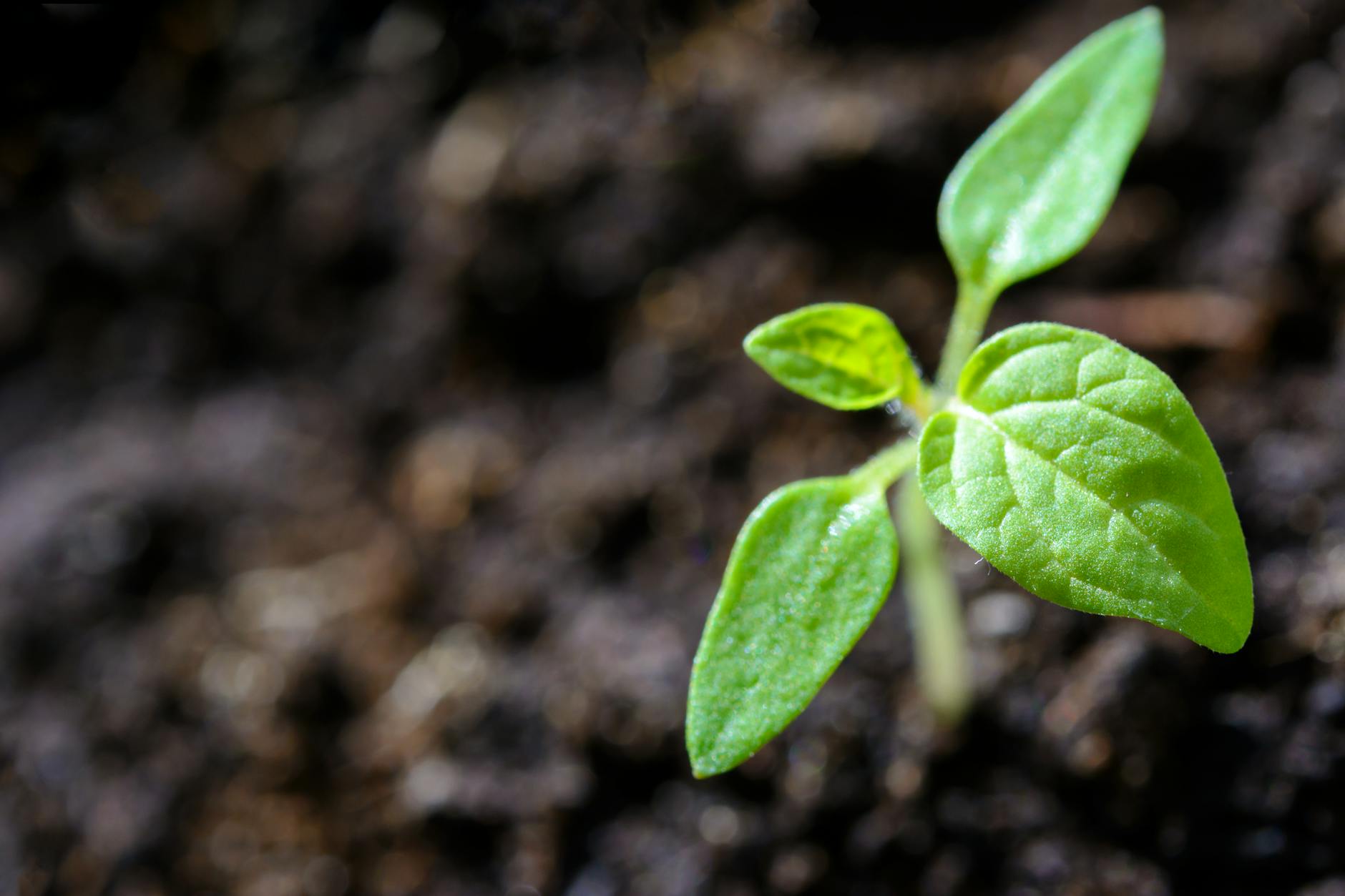Steps for Teaching the Importance of Native Plants
In the age of environmental crises, the importance of native plants cannot be overstated. These plants are the backbone of our ecosystems, providing food and shelter for countless species and helping to maintain biodiversity. Yet, despite their significance, many people remain unaware of the profound impact native plants have on the health of our planet. That’s why educational programs about native plants are essential. But where do you begin?
Understanding Your Audience
Before you can build an educational program, it’s vital to know your audience. Are you targeting children, students, gardening enthusiasts, or community members with little exposure to environmental issues? Each group will require different approaches, and understanding their needs and interests is key. For example, younger audiences might be more engaged with fun, hands-on activities, while adults may appreciate practical, actionable advice on how to integrate native plants into their everyday lives.
By meeting people where they are—whether that’s at school, a community event, or online—you can ensure your program is accessible and engaging.
Setting Clear Objectives for Your Program
Your educational program should have clear objectives. Are you trying to raise awareness about the importance of native plants? Or maybe you want participants to go beyond knowledge and take tangible steps—like planting their own native gardens or helping restore local habitats. By defining your goals, you can design your program to meet these objectives and ensure that your message resonates.
It’s also important to explain why native plants matter. For example, native plants are crucial for sustaining local wildlife, supporting pollinators like bees and butterflies, and helping maintain healthy soil and water systems. If people understand the why, they’re more likely to feel motivated to take action.
Designing Your Educational Materials
Educational materials are the heart of your program. But the good news is, they don’t have to be boring! As someone with an artistic side, I know how powerful creativity can be when it comes to making educational materials engaging. Consider using infographics, vivid photographs, and easy-to-understand plant identification charts to spark curiosity.
In addition to visuals, think about incorporating hands-on activities, such as planting workshops or creating small native plant gardens. It’s one thing to learn about native plants in a classroom setting, but it’s another thing entirely to dig your hands into the earth and watch a native plant thrive.
Partnering with Local Organizations
No one is an island, and creating educational programs about native plants is no different. Partnering with local organizations can amplify the reach of your program and provide additional resources and expertise. Consider collaborating with local environmental groups, botanical gardens, schools, or nature reserves. These partnerships offer credibility, and access to local knowledge, and provide participants with a deeper understanding of the plants native to their area.
By tapping into the wisdom of others, you create a stronger, more interconnected community dedicated to conserving native plants.
Hosting Educational Events
Once your materials are ready, it’s time to get the word out! Hosting interactive events like workshops, talks, and field trips can give people a deeper connection to native plants and the ecosystems they sustain. Field trips, in particular, offer an opportunity to experience native habitats firsthand, while community planting days can allow people to get their hands dirty and make a tangible difference.
In today’s digital world, don’t forget the online realm! Hosting webinars or creating a series of educational videos can help you reach an even wider audience. And for those who prefer reading, consider creating downloadable guides or starting a blog to share helpful tips and tricks.
Measuring the Success of Your Program
After your program concludes, don’t forget to reflect on its success and areas for improvement. Ask participants for feedback, and evaluate whether your objectives were met. Did people learn about native plants? Did they take action? This information will help you refine your program and make it even more impactful in the future.
Additionally, offer continued support through resources like newsletters, local volunteer opportunities, or follow-up workshops. The key to long-term success is helping people feel supported in their ongoing conservation efforts.
We All Have a Role to Play
As I think about the future of native plants and our ecosystems, I’m reminded of the importance of community. None of us can do it alone. But when we come together, when we share knowledge, and when we inspire each other to take action, we can make a lasting impact. Every native plant garden, every restoration effort, and every small change we make contributes to a bigger movement. It’s not about perfection; it’s about persistence and shared responsibility. Let’s embrace this journey together—one plant, one action, one step at a time.

